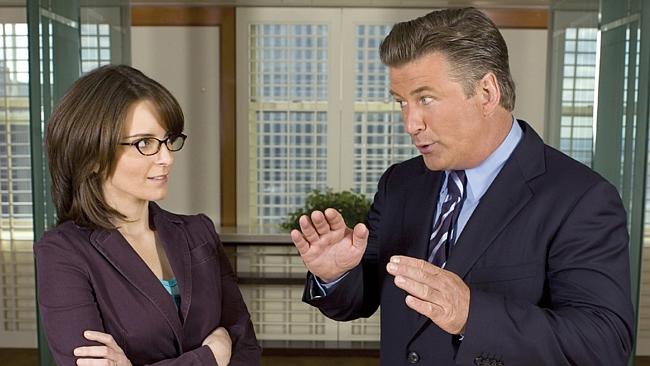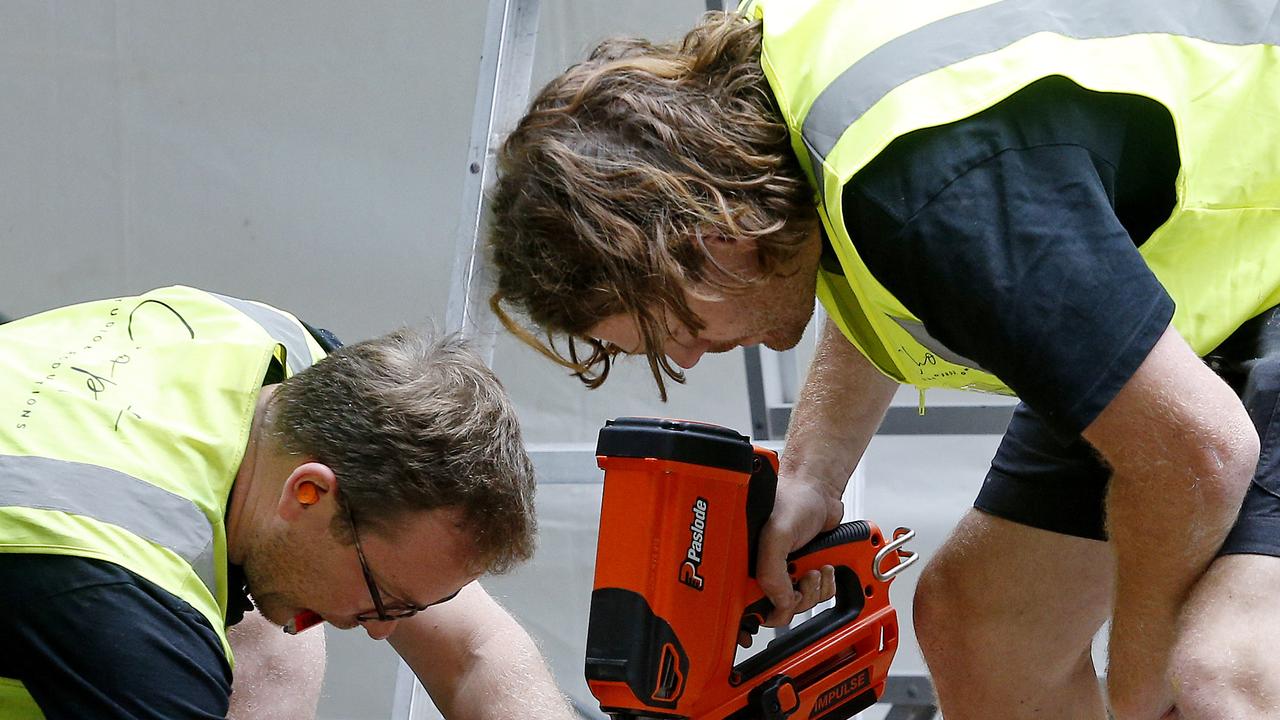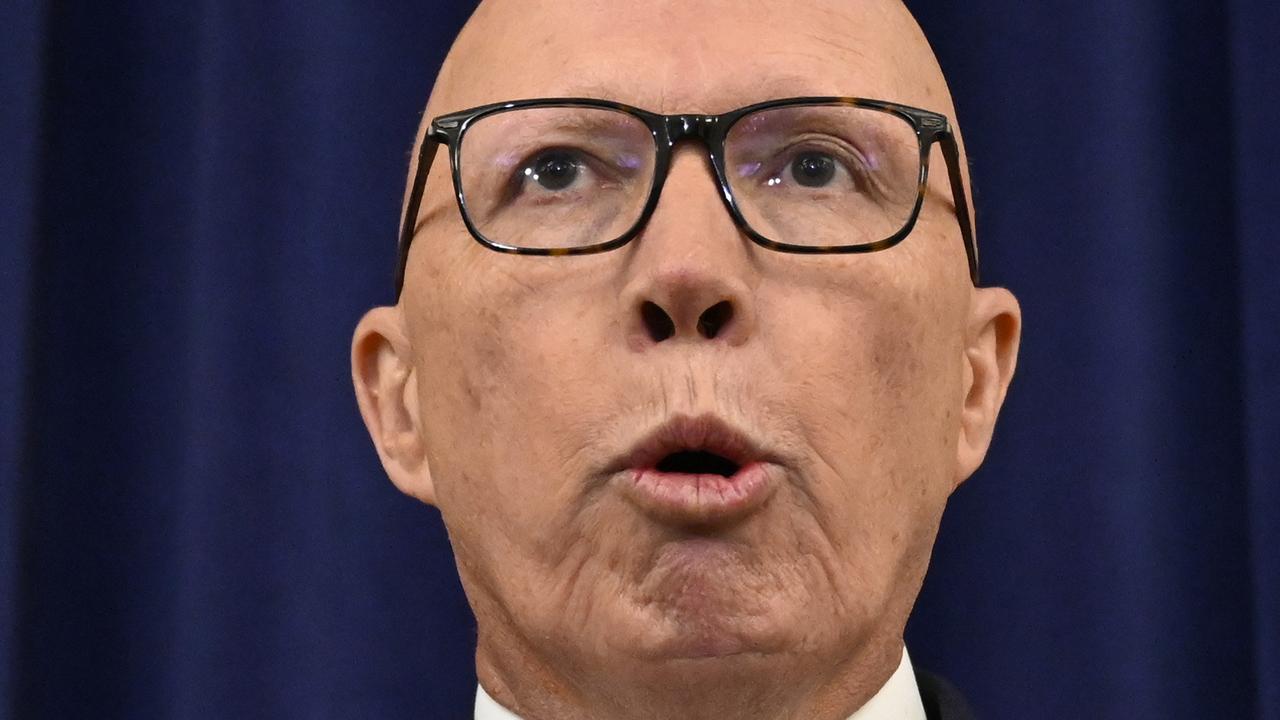The Gender Ceiling Index: The jobs failing women in Australia
IF YOU’RE a woman and want the same chance of success as a man, there is nearly no good choice of job. For depressing proof, check out the Glass Ceiling Index.

IF YOU’RE a woman in Australia and want the same chance of success as a man, there is nearly no good choice of occupation.
While it’s not uncommon to believe the glass ceiling has been broken in a lot of industries in Australia, a new study has shown we have a long way to go with inequality rife among 95 per cent of Australia’s 433 occupations.
Analysing 10 million tax returns over five years (2009-2013), data crunchers at Sydney agency Blackwattle Co used the ATO figures to rank occupations in Australia by equal opportunities for both genders, and what they found was not good news for women.
Figures released by the Australian Bureau of Statistics earlier this year revealed the gender pay gap was at an all-time high at 18.8 per cent nationally. But this new analysis goes further by identifying how much more likely each gender is to reach a high-paying role (the highest tax bracket in that occupation), and gives each occupation a glass ceiling “measurement”.
The Glass Ceiling Index is calculated by looking at average wage by gender, whether the wage gap is widening and the “pink/blue” workforce composition. A Glass Ceiling Index of “10 inches” represents maximum disadvantage, while 0 inches means no apparent disadvantage.
The analysis found a man was 4.6 times more likely to reach a high paying role across all occupations than a woman, and men were found to be paid more in 95 per cent of occupations.
In the worst occupation for women, electrical distribution trades, men were 7.2 times more likely to reach a high-paying role and were found to earn $44,811 more than women.
Male bank workers are nine time more likely to be in a highly paid role than women, and on average earnt more than $37,000 extra.
There were only 11 occupations with no glass ceiling where women were found to get fair or better treatment. These occupations, including secretaries, library assistants and fast food cooks, were all among the lowest paid, ranging from $17,000 to $39,000 on average.
Even in many female-dominated occupations, men still hold the top paid positions according to the index, with male midwives five times likely to be in a high paying role and earn $16,000 more on average, despite only representing 2 per cent of Australian midwives.
The study’s authors were expecting some differences when they set out to answer the question, “If your daughter and son enter the same occupation, how much more likely is your son to end up in a high paying role?” But they didn’t anticipate such a yawning gap.
“We are clearly failing Australian women. There is no way to justify tens of thousands of dollars pay discrepancy, and a gap getting wider every year,” Blackwattle director Robert d’Apice said.
“We believe that the only acceptable value on the Glass Ceiling Index is zero. Sadly, we could only award a zero to less than 3 per cent of occupations.”
Workplace Gender Equality Agency (WGEA) executive manager Yolanda Beattie told news.com.au that, while the figures were depressing, she saw no surprises.
“No matter which way you cut the data, men consistently earn more than women, and the main issue, as this shows, is … men have more opportunity to access higher paying and more senior roles,” she said.
Citing the study’s analysis of how likely men were to have higher paid positions, Ms Beattie said it was clear there were issues employers were in control of that need to be addressed.
“It really crystallises the challenge for employers and the opportunities for employees when it comes to leadership pipelines: workplaces are set up in such a way when they’re designed to favour men in decision making forums,” she said.
Ms Beattie said businesses could ensure that they didn’t have pay inequity by conducting a pay gap analysis, which only one in four Australian employers do, according to WGEA.
“Australia has one of the most gender segregated employment markets in the world, and while it is absolutely beholden on employers to get this work right and support women in work places, we also know women aren’t as confident in negotiating,” she said.
“Employers need to make sure they’re not favouring one gender over another because of that relative negotiation strength, so when that assertive guy comes in and asks for $50,000 more and the woman is happy with just $5000, they need to make sure their bonuses and incentives are based on performance.”
Check out how your industry fares on the Glass Ceiling Index by clicking here.




